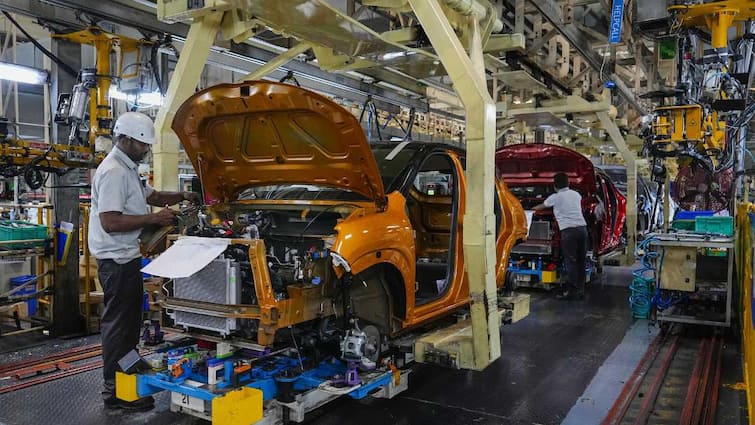India’s private sector continued to expand in October, but growth momentum eased as the service economy showed signs of slowing, according to the latest HSBC Flash PMI data.
The HSBC Flash India Composite Output Index, which tracks the combined performance of the manufacturing and service sectors, fell from 61.0 in September to 59.9 in October, marking the softest increase in output since May 2025.
While the index indicates a historically sharp expansion, the moderation reflects weaker growth in new orders, particularly in services. International sales also rose at a slower pace, and job creation was reported at the joint-softest level in 18 months.
Manufacturing Holds Strong
In contrast, the HSBC Flash India Manufacturing PMI showed improvement, rising from 57.7 in September to 58.4 in October, a two-month high. This growth was driven by an uptick in new orders and output in the goods-producing sector. Manufacturers benefited from domestic demand buoyed by GST rate cuts, which helped reduce input cost pressures and bolster operational efficiency.
Bhandari Pranjul, Chief India Economist at HSBC, highlighted the dynamics, saying: “The HSBC flash manufacturing PMI picked up a tad, likely on the back of GST rate cuts which are buoying domestic demand and curbing cost pressures. New orders and output, both, are above the average Jan-Jul levels. However, the drag from US tariffs continues to show up in new export orders and future optimism, which remain below the Jan-Jul levels.”
Service Sector Faces Headwinds
The services sector experienced a softer expansion as competition, floods, and landslides impacted sales growth. Service providers reported that international demand, though positive, increased at the slowest pace since March. Outstanding business volumes remained stable in October, ending a 45-month sequence of backlog growth in the private sector, with a marginal decline in services offsetting gains in manufacturing.
Employment and Prices
Private sector employment grew moderately, matching September’s pace and representing the joint-slowest increase since April 2024. Many companies held payroll numbers steady, citing sufficient capacity for current demand. On the cost front, input prices rose at the slowest pace since June, while selling charges ticked higher as businesses adjusted prices in response to operational costs, premium inputs, and labour and transportation expenses.
Optimism Amid Caution
Despite the slowdown, firms remain optimistic about output in the year ahead, though sentiment has softened since September. Businesses hope to capitalise on GST rate cuts, new product launches, marketing efforts, and technology investments to sustain growth.
HSBC Flash data are derived from 80–90 per cent of total responses and provide an early indication of final PMI readings. The survey covers roughly 400 manufacturers and 400 service providers, with panels stratified by sector and workforce size based on GDP contributions. Services include consumer, transport, information, communication, finance, insurance, real estate, and business services.


